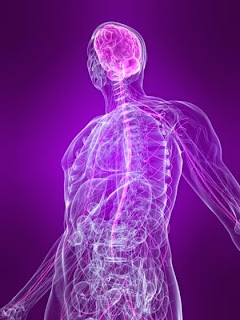The Digestive System
Posted in Digestive System-An adult esophagus ranges from 10 to 14 inches in length, and 1 inch in diameter.
We make 1 to 3 pints of saliva a day.
-Muscles contract in waves to move the food down the oesophagus. This means that food would get to a person's stomach, even if they were standing on their head.
-It takes your mouth, esophagus, stomach, small intestine, large intestine, gallbladder, pancreas and liver just to digest a glass of milk.
- An adults stomach can hold approximately 1.5 liters of material.
-The average male will eat about 50 tons of food during his lifetime in order to sustain a weight of 150 pounds.
-Within the colon, a typical person harbors more than 400 distinct species of bacteria
The liver is the largest organ in the body and performs more than 500 functions.

















